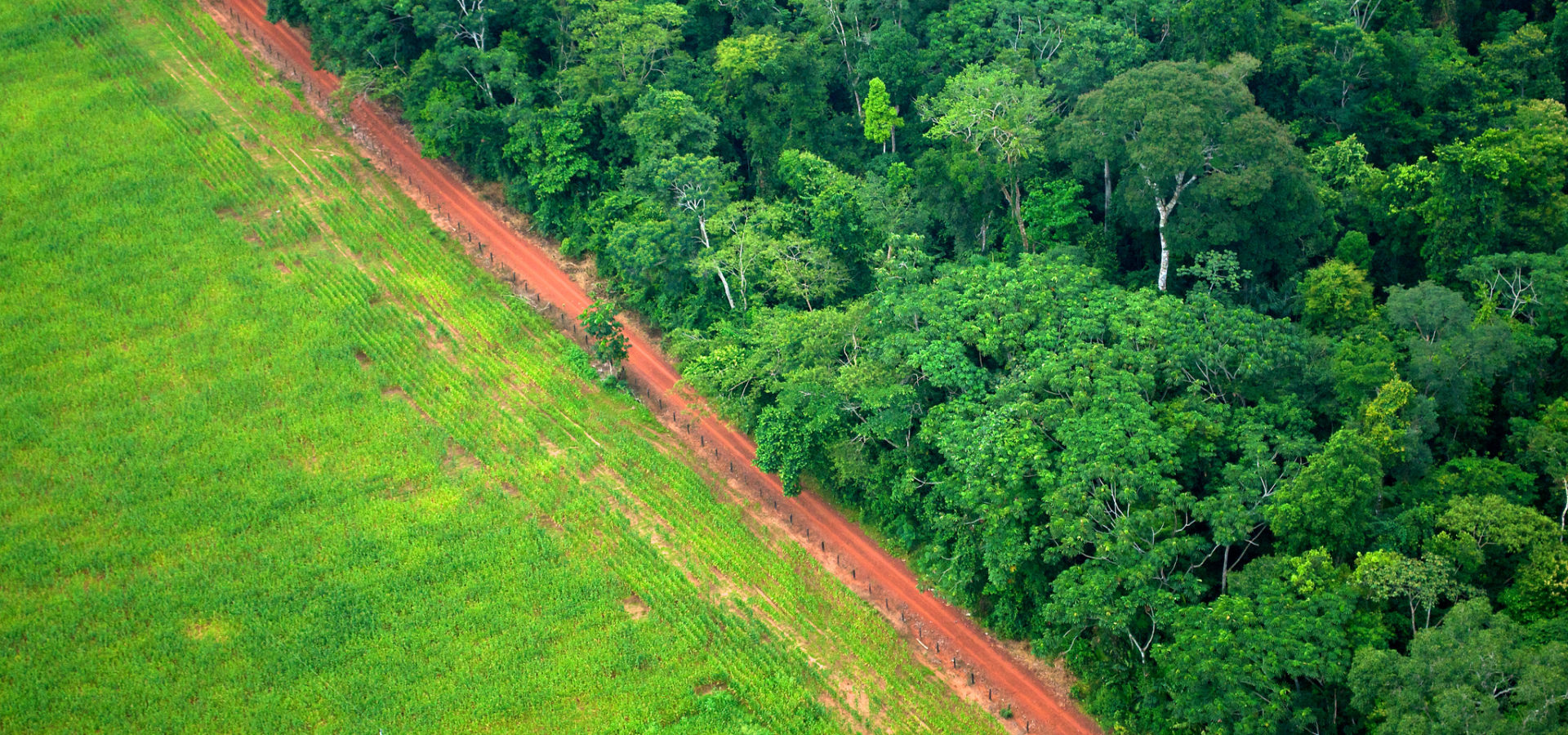
(ANTIMEDIA) Deforestation was an issue long before the media covered it and activist groups fought against it. It is estimated that between the mid-1800s — when deforestation began to proliferate — and 1947, humans destroyed approximately half of the world’s forests. In just the last 50 years, an estimated 17% of the Amazon has been destroyed. While not all logging is considered illegal, Brazil is notorious for unlawful deforestation operations in the Amazon.
For years, activists, politicians, journalists, and tribes have tried to take action against the illegal destruction of the Amazon, only to see the trade and corruption continue. However, some indigenous tribes have decided to take matters into their own hands by carrying out their own vigilante justice.
In 2014, the Ka’apor people formed a militia dubbed “The Guardians,” arming themselves with bows, shotguns, traps, and aggressive confrontational tactics. For example, the Guardians made headlines last year when they ambushed a group of illegal loggers, tied them up, stripped them down to their underwear, torched their trucks, destroyed their lumber, and sent them on their way.
According to the Washington Post, armed members of these types of militias have also set up checkpoints throughout the forest that inspect all vehicles passing through. Inevitably, such radical action has evoked further radical action. The Ka’apor tribe has faced death threats and retaliatory attacks, losing four of its members in the process. On April 26, Ka’apor leader Eusébio Ka’apor was shot in the back and killed by two hooded men on a motor bike.
According to locals, since the formation of the Guardians, logging traffic in the area has substantially decreased, though it still remains an issue in many other parts of the Amazon.
Surely, one must be curious as to how the Brazilian government has responded to these radicals. The National Indian Foundation (FUNAI) has endorsed the Guardians and their aggressive approach, supplying them with ammunition and fuel.
However, the neighboring people on the Alto Turiaçu reserve don’t share the same trust for FUNAI as the Ka’apor — and for good reason. It is no secret that the Brazilian government is a breeding ground forcorruption. With the drug and lumber trade being so powerful, it is obvious that politicians and police will inevitably be greased. Considering this, along with the apparent lack of sincere effort to preserve these pieces of land by government agencies, it appears there are three notable possibilities:
One, FUNAI could have ulterior motives in helping arm and equip these indigenous militias. It is possible that as an organization under a corrupt government, they could be following in the U.S.’ footsteps and creating an “ISIS” type situation, where they arm militias and later warrant violence against them by calling them “dangerous.”
Two, corruption in the Brazilian infrastructure may have left officials and authorities torn on the issue, which would explain the sluggish progress toward a legitimate solution.
Three, the Brazilian government may simply be too incompetent to handle the issue appropriately.
As one can imagine, even if the intentions of these militias are good, there are those who fear the situation could escalate. Still, the severity of the situation leaves many in support of the radical actions these militias are taking toward preserving their land. Between 46,000 and 58,000 square miles of forest are destroyed annually. 240 tribes and a total of 900,000 people in Brazil alone rely on the Amazon and the sustenance it provides them to survive. Further, the Amazon is not only their means of food and survival. It is their home.
Considering these realities, it isn’t difficult to understand how people justify this aggressive tribal retaliation against those who illegally steal their resources.


